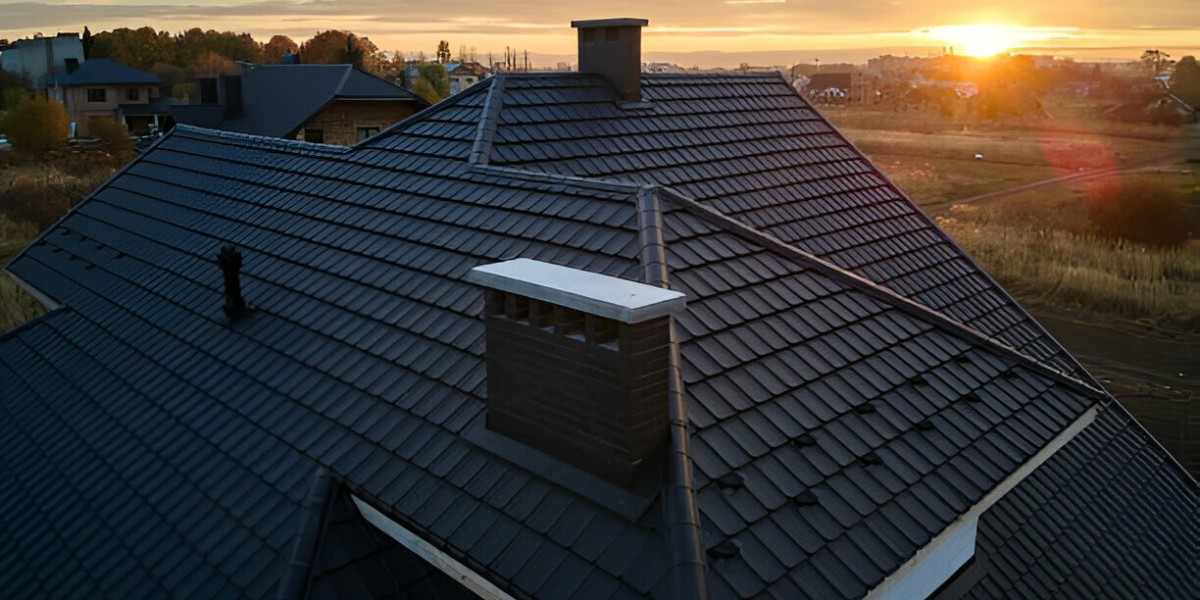Whether you're building a new home, renovating an old one, or dealing with storm damage, the roof over your head plays a critical role in protecting everything beneath it. But roofing isn't just about shingles and nails—it's a complex system that requires knowledge, planning, and the right materials.
In this blog post, we’ll cover the essentials of roofing, from common materials to maintenance tips and signs it might be time for a replacement.
1. The Role of Your Roof
Your roof does more than keep the rain out. It provides structural support, insulates against heat and cold, and contributes to your home's overall curb appeal. A well-maintained roof can also boost resale value.
2. Common Roofing Materials
Different materials suit different climates, budgets, and aesthetic preferences. Here are the most popular options:
Asphalt Shingles: Affordable, easy to install, and available in a variety of colors. Lifespan: 15–30 years.
Metal Roofing: Durable, energy-efficient, and resistant to extreme weather. Lifespan: 40–70 years.
Clay or Concrete Tiles: Ideal for hot climates, fire-resistant, and long-lasting. Lifespan: 50+ years.
Slate: Elegant, heavy, and highly durable. Lifespan: 75–100 years.
Wood Shakes/Shingles: Natural-looking and eco-friendly but require maintenance. Lifespan: 20–40 years.
3. When to Repair vs. Replace
How do you know if your roof needs some TLC or a full replacement? Here are signs to watch for:
Repair: Missing shingles, minor leaks, and damaged flashing.
Replace: Widespread shingle damage, frequent leaks, sagging, or if your roof is at the end of its lifespan.
4. Roof Maintenance Tips
Regular care can extend the life of your roof significantly:
Inspect your roof twice a year (spring and fall).
Clean gutters and downspouts to prevent water backup.
Trim overhanging branches to avoid debris buildup.
Check for moss or algae growth, especially in humid areas.
5. Choosing a Roofing Contractor
A good contractor makes all the difference. Look for:
Licensing and insurance
Local references and reviews
Detailed written estimates
Warranty on materials and labor
Final Thoughts
A reliable expert roofing in calgary is one of the best investments you can make in your home. Whether you're patching a leak or planning a full replacement, understanding your roofing options will help you make informed decisions—and protect your home for years to come.







